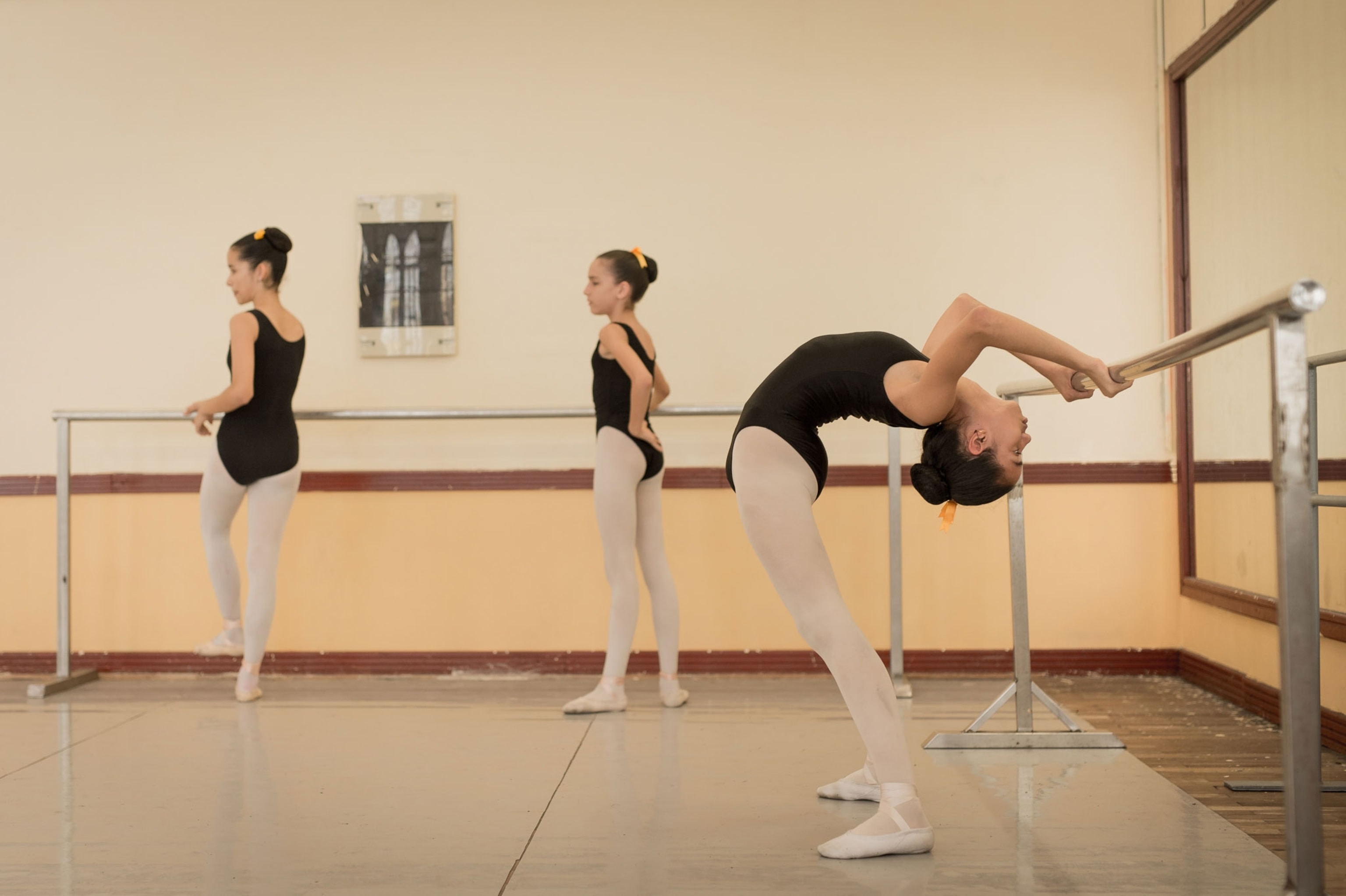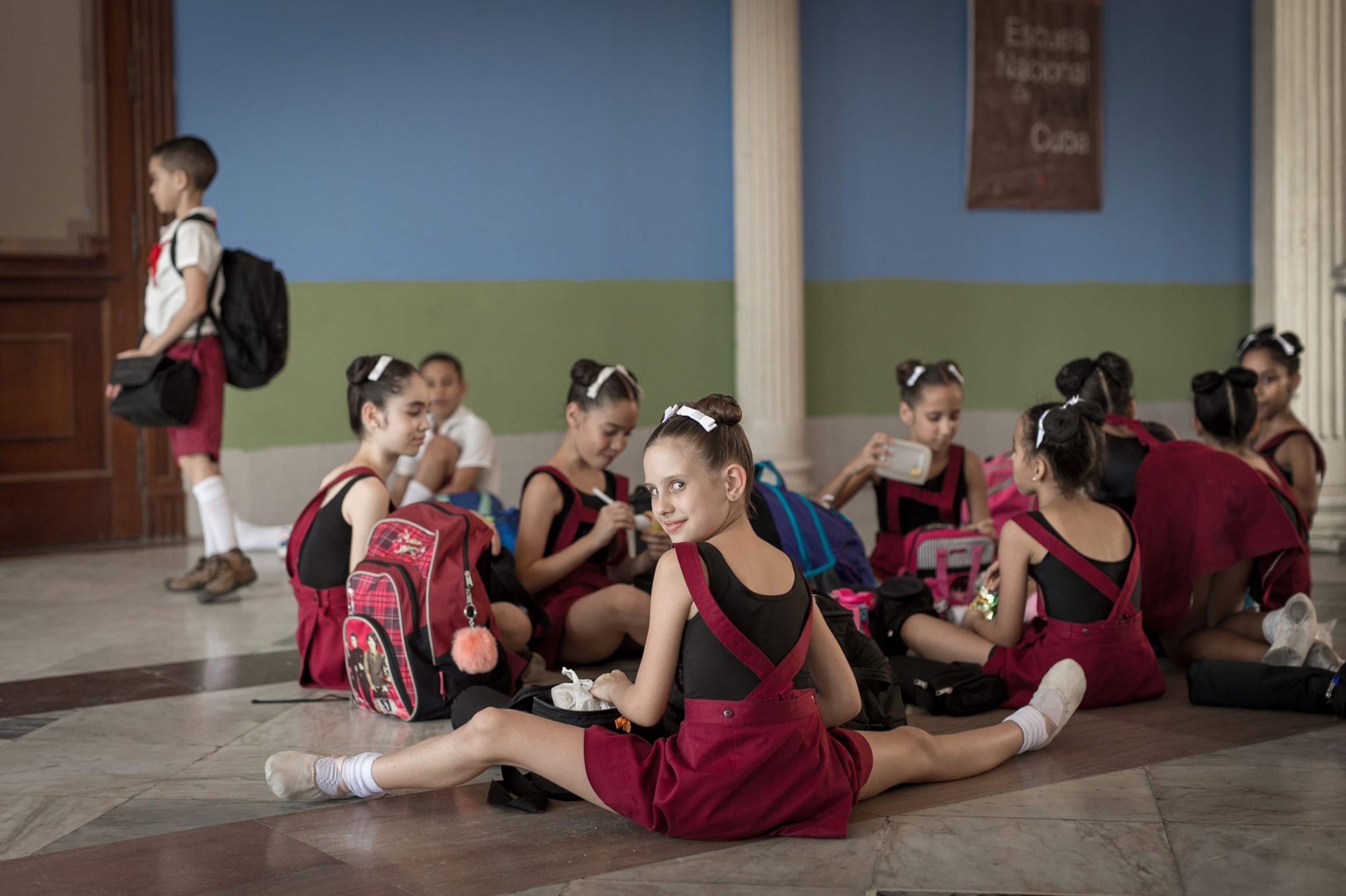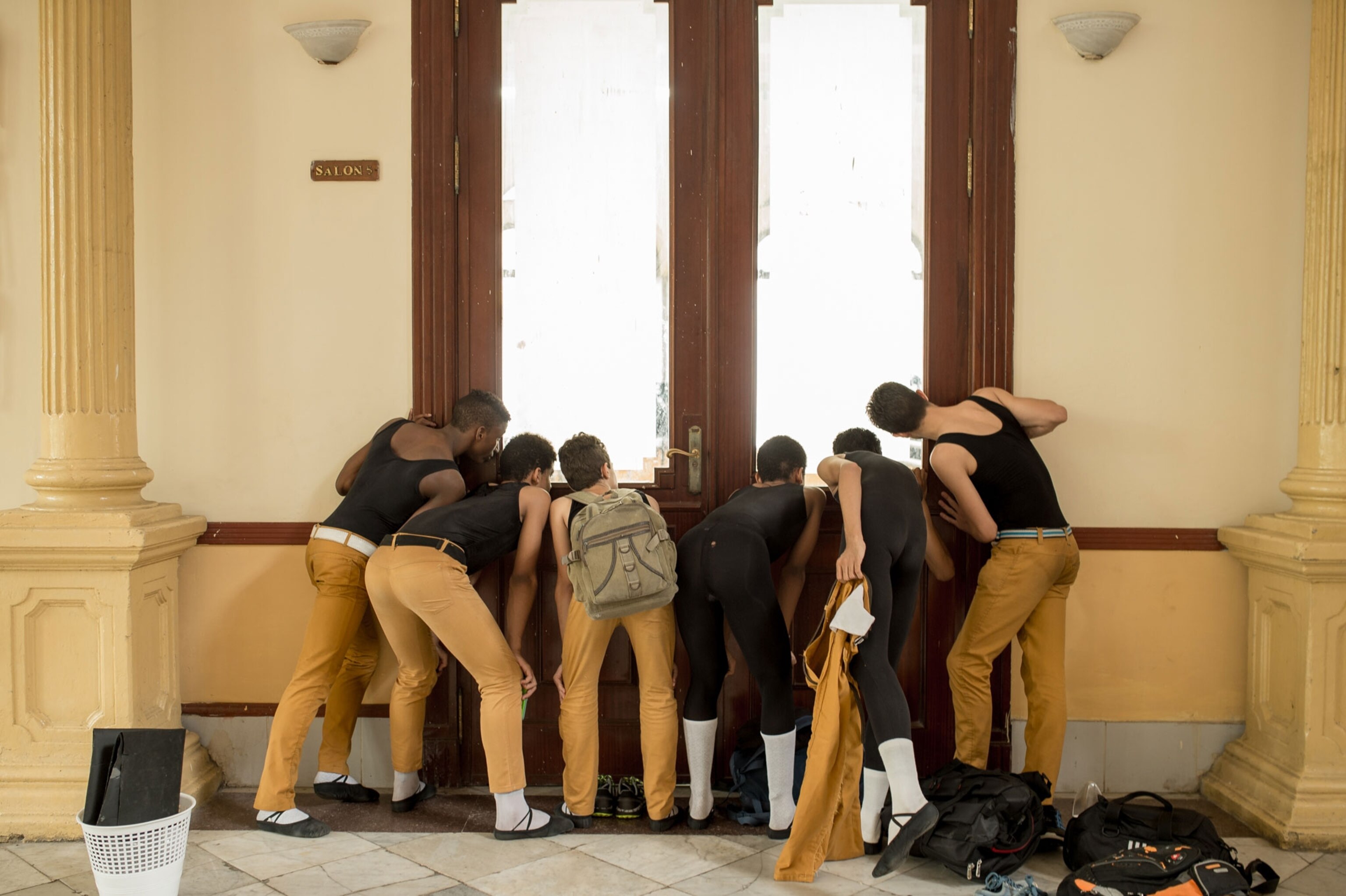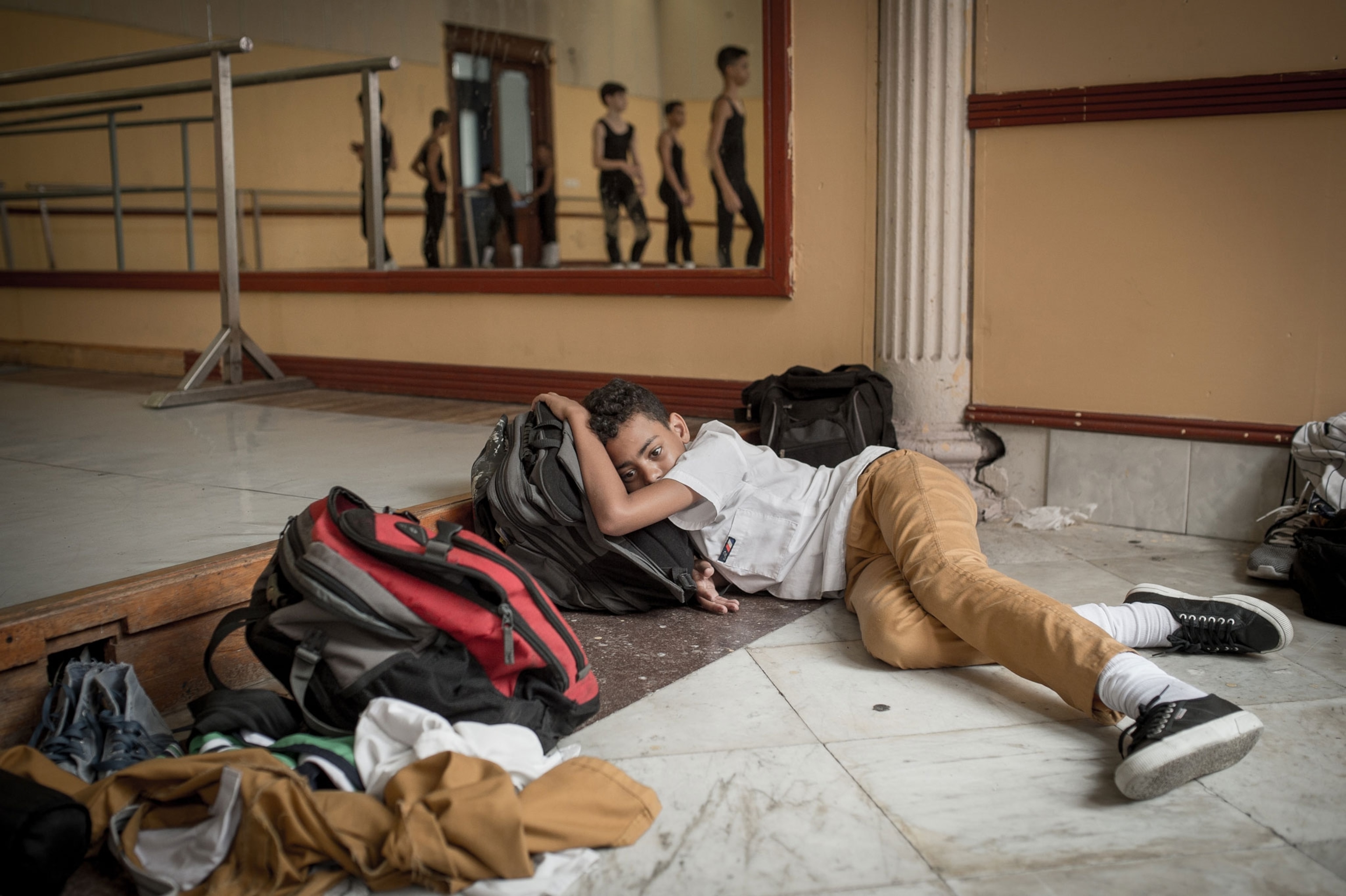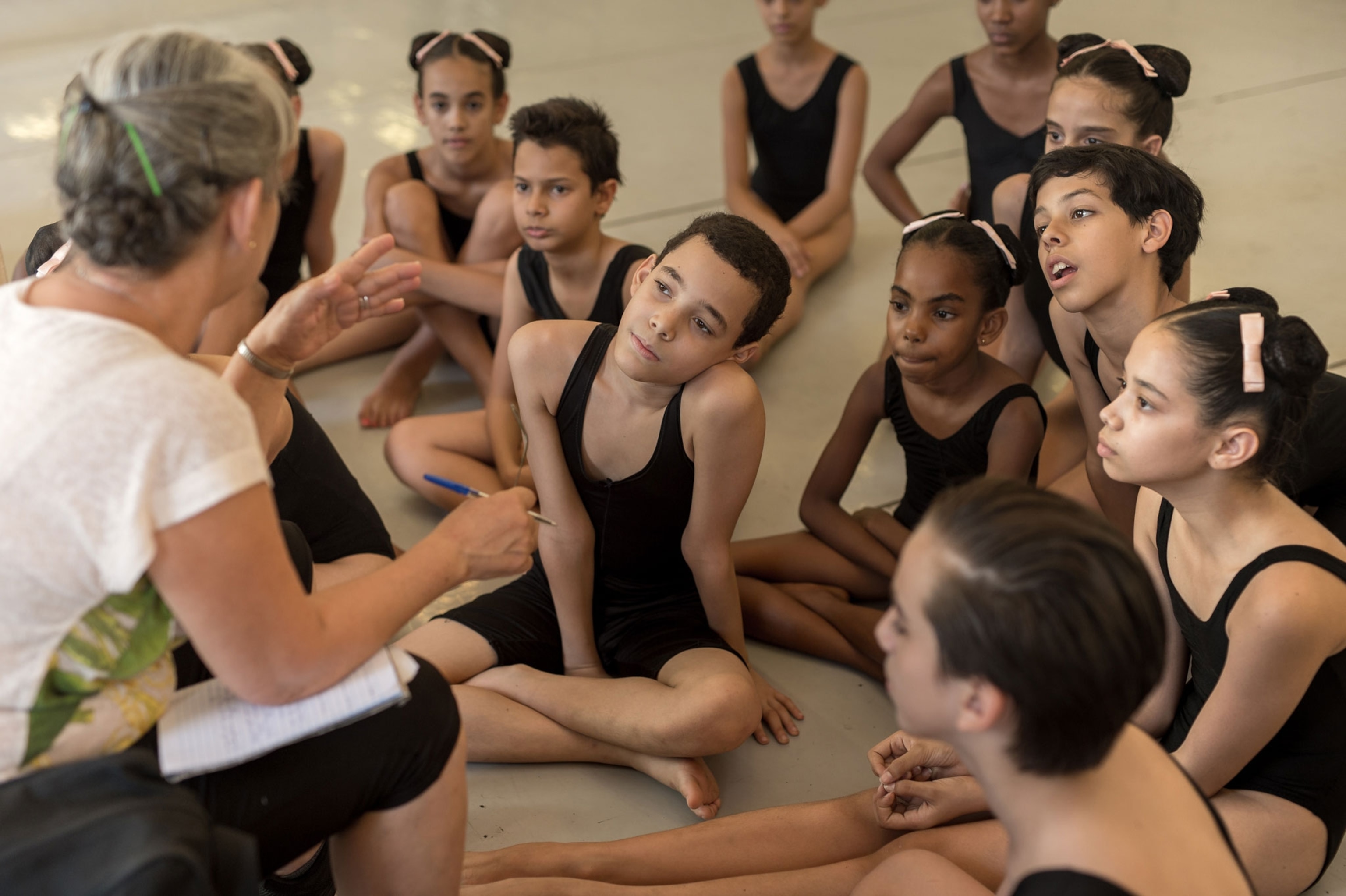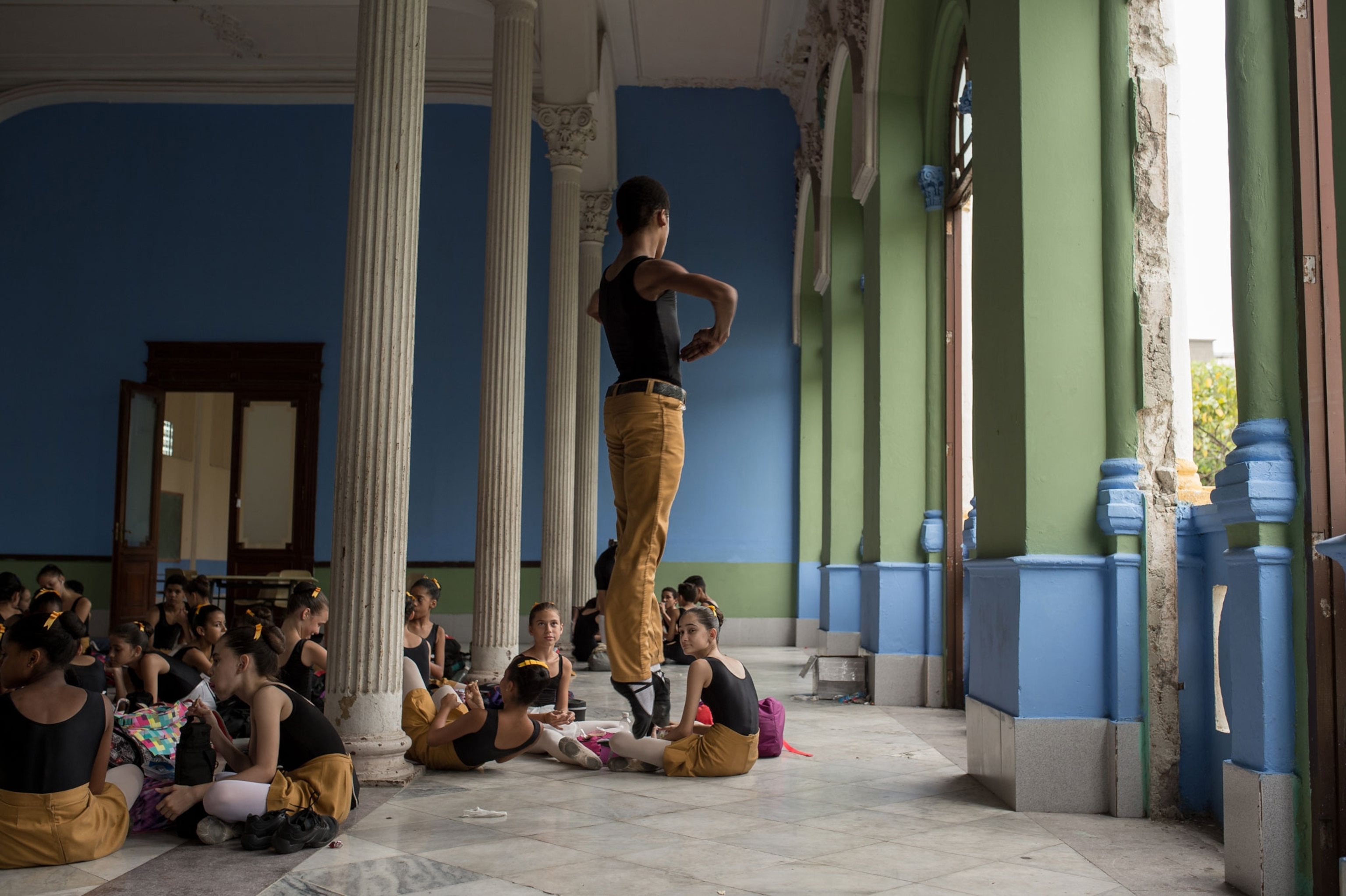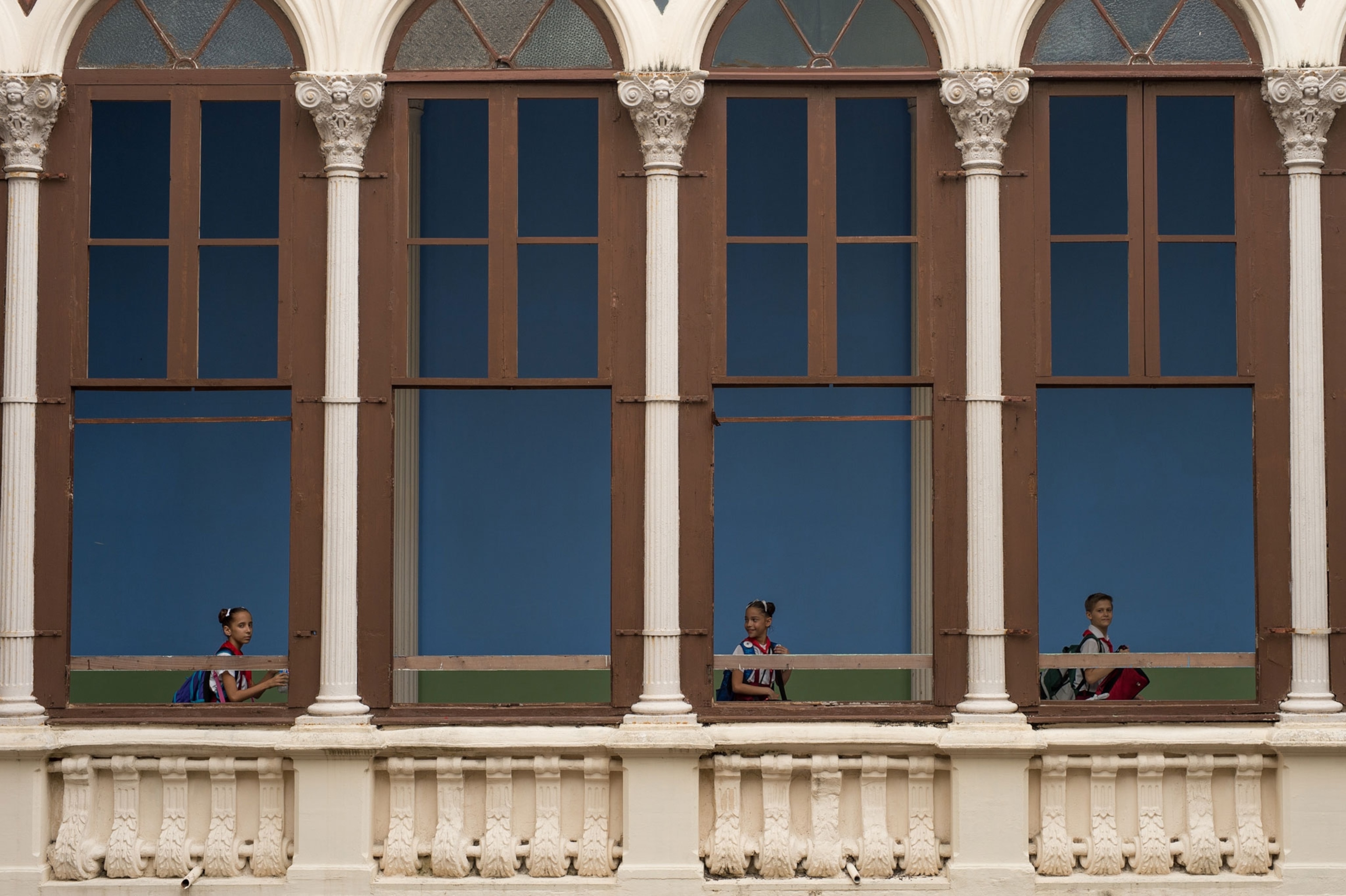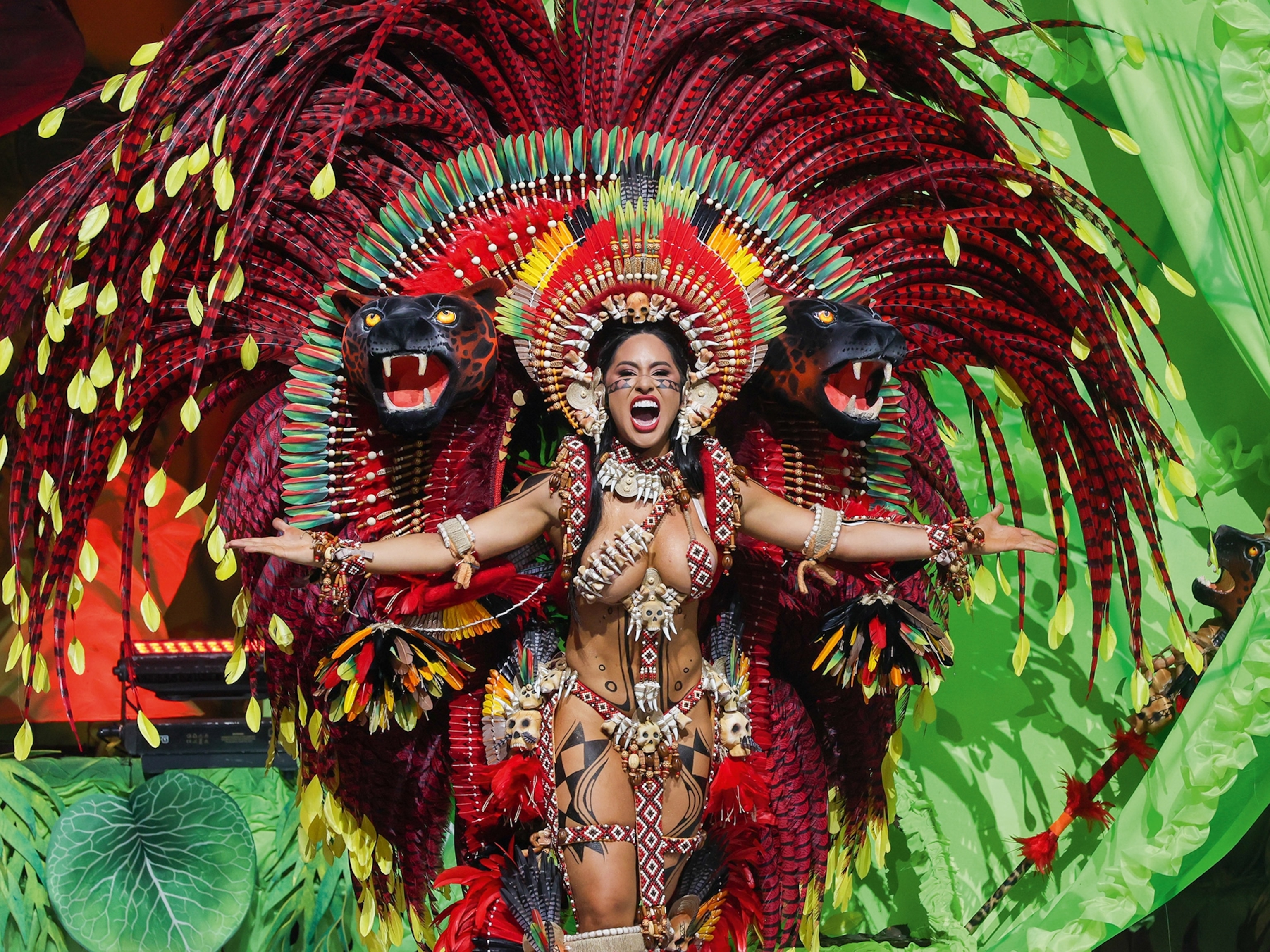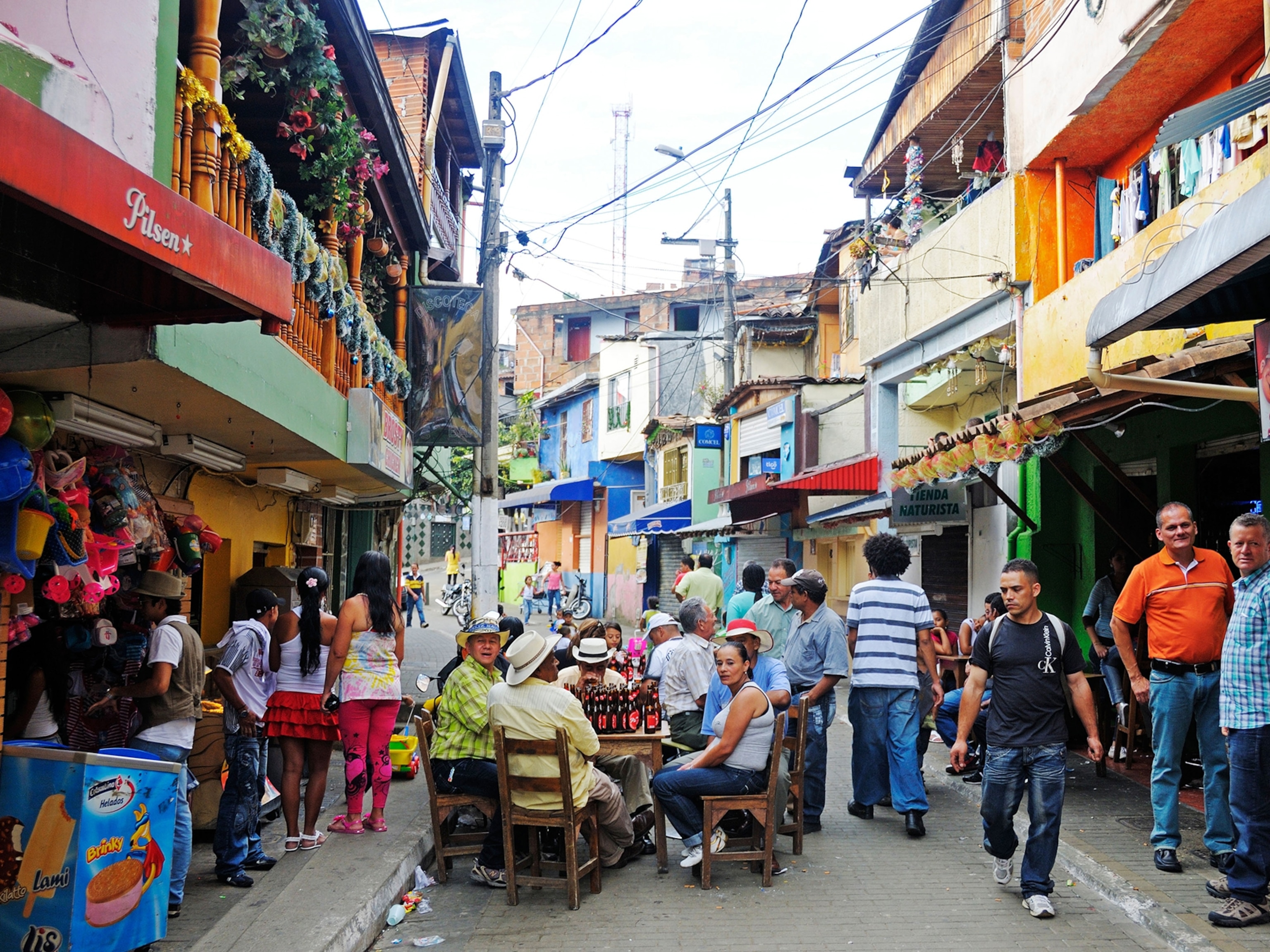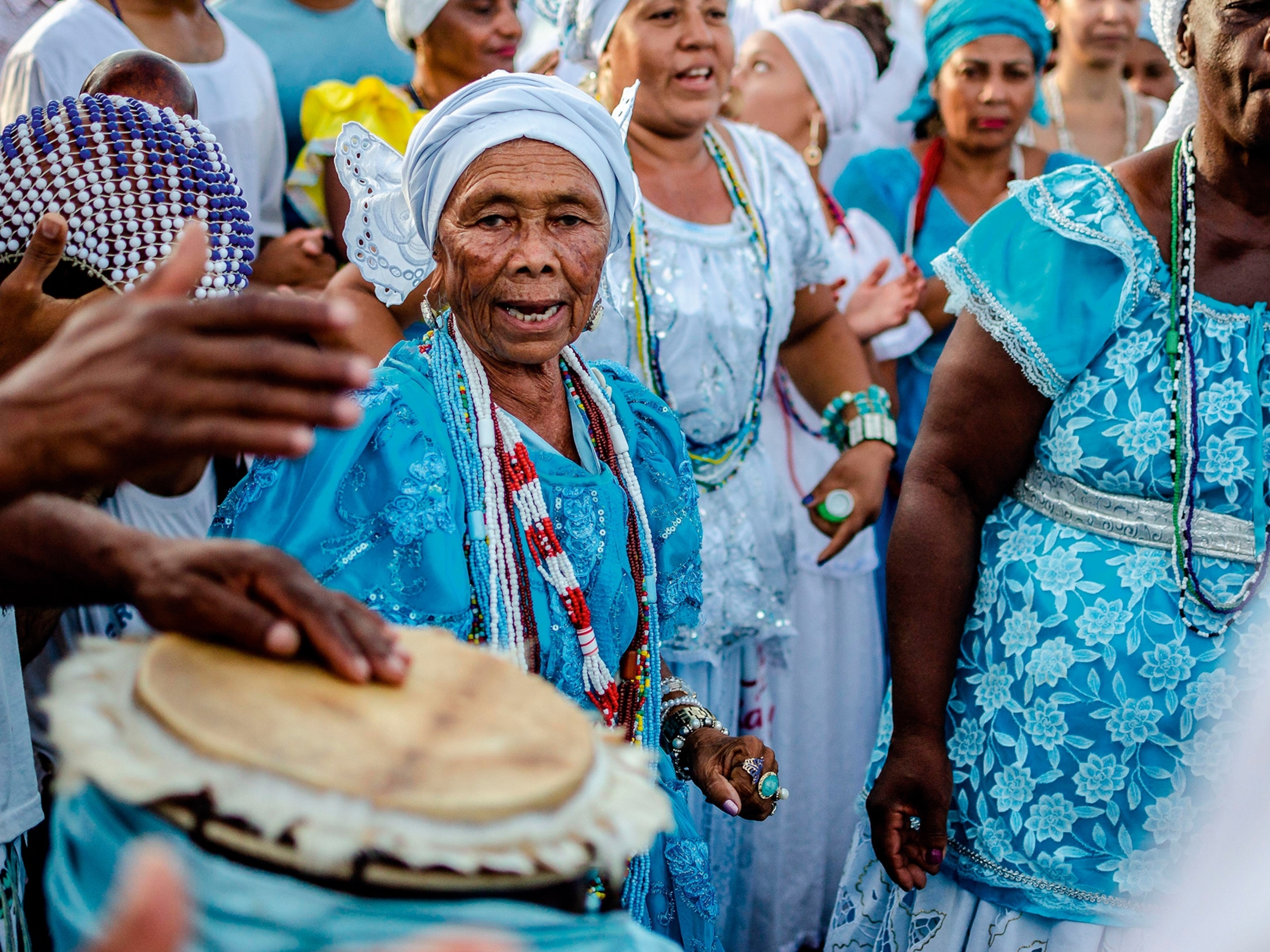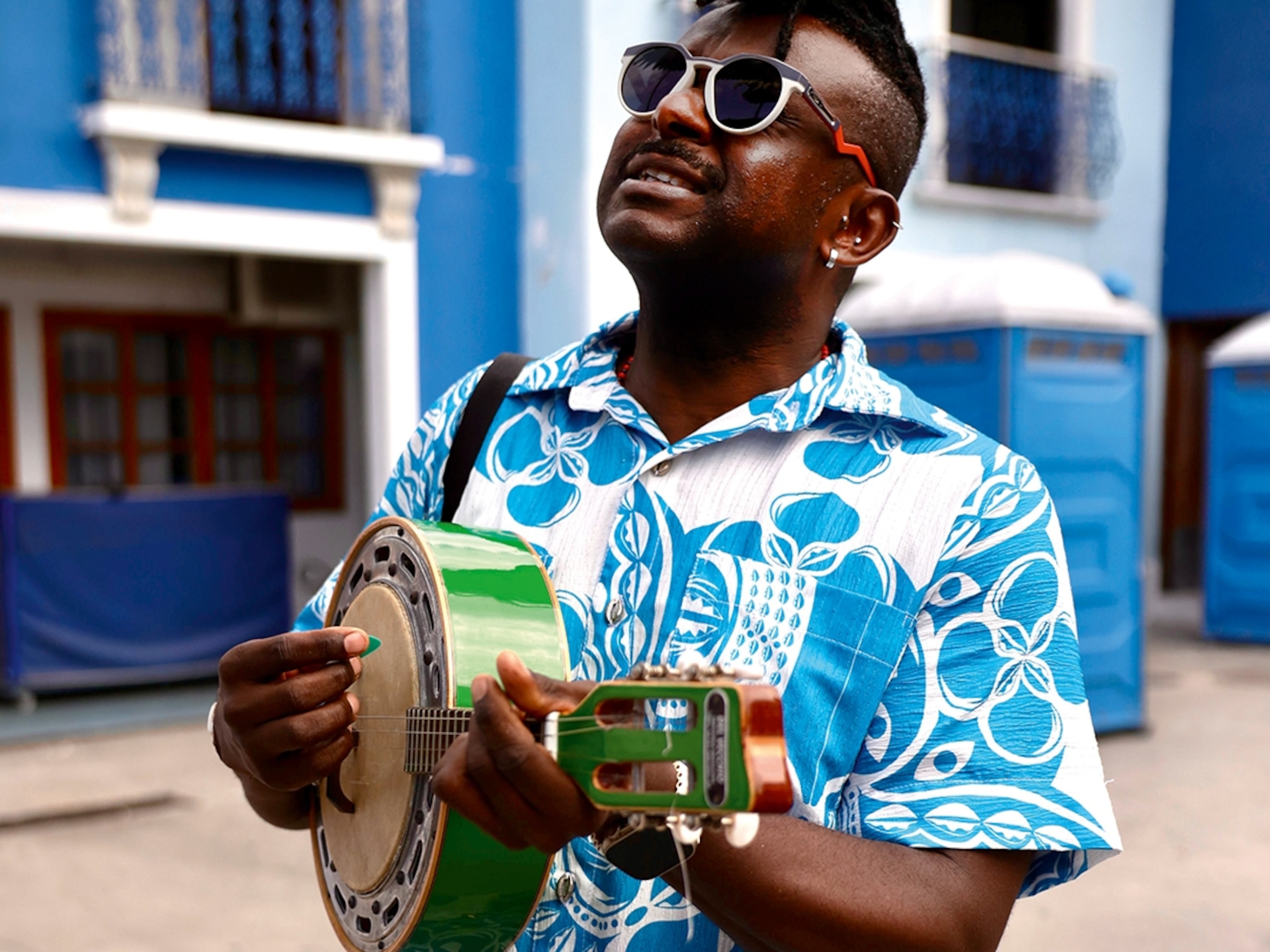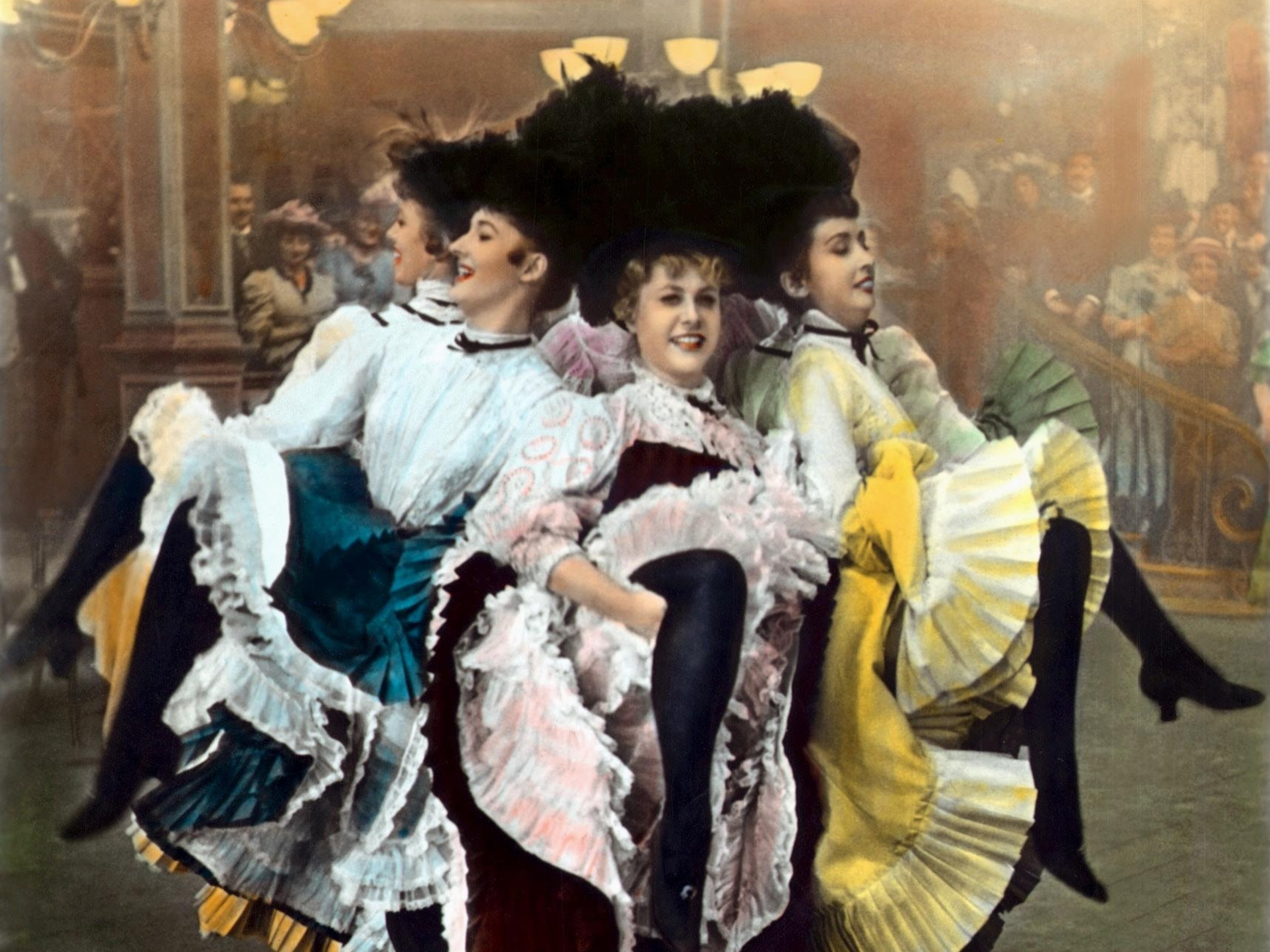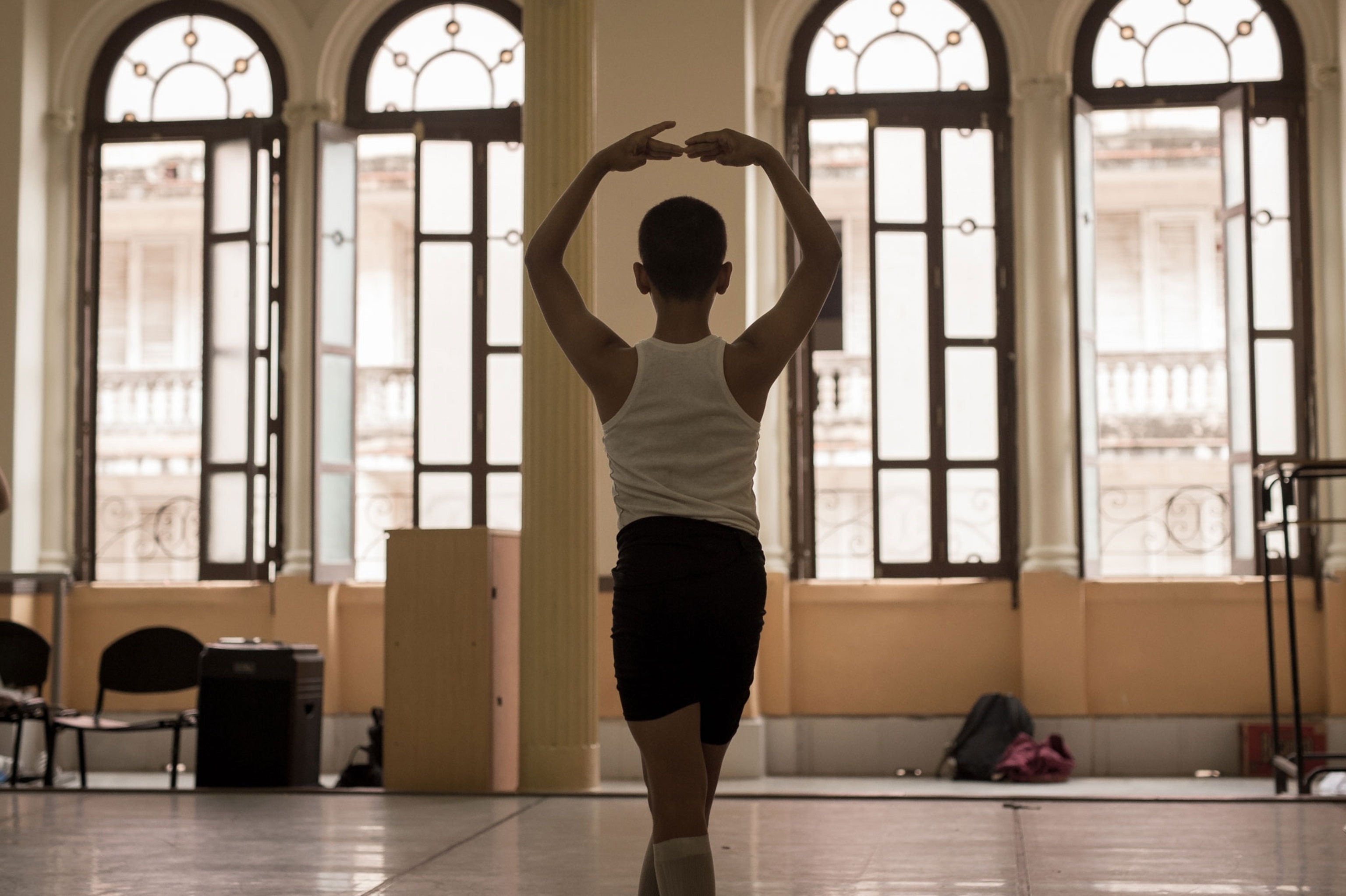
Inside Cuba’s National Ballet School
Photographer Santiago Barreiro shares intimate glimpses behind the scenes at the world’s largest ballet school.
When the housing rental company he was working for asked him to take pictures for their website, Santiago Barreiro dutifully set off, armed with a one-megapixel camera and no photographic training.
Twelve years later, he’s a professional photographer—and member of the National Geographic Your Shot community—who has shot some of the best dancers in the world.
“I never danced,” he laughs. “But a few years ago, I started orienting my photography towards dance, as a kind of identity. It fascinates me.”
A native of Uruguay, Barreiro quit the website gig to learn his trade in Montevideo. He was eventually invited to photograph his country's national ballet company at the direction of celebrated Argentine dancer Julio Bocca, an experience that let him pursue more creative personal projects—like the one that brought him to Cuba's National Ballet School. (Here are 13 pictures of the Cuba you haven't seen.)
One of the premier ballet institutions in the world, the school traces its roots to a company founded in the 1940s by internationally-acclaimed prima ballerina Alicia Alonso. After the 1959 end of Fidel Castro’s revolution, which emphasized popular access to the arts, government support helped reinvent the school as one of the finest in the world—and the largest, with over 3,000 students. (Alonso, who is still involved in the company, gave her last public performance in 1995 at the tender age of 74.)
It’s a well-guarded bastion of cultural and national pride; Barreiro spent almost a year securing permission to photograph inside.
“Cubans seem very liberal and communist, but for this kind of thing, they’re very strict,” he says. (Learn how renewed American tourism might change Cuba.)
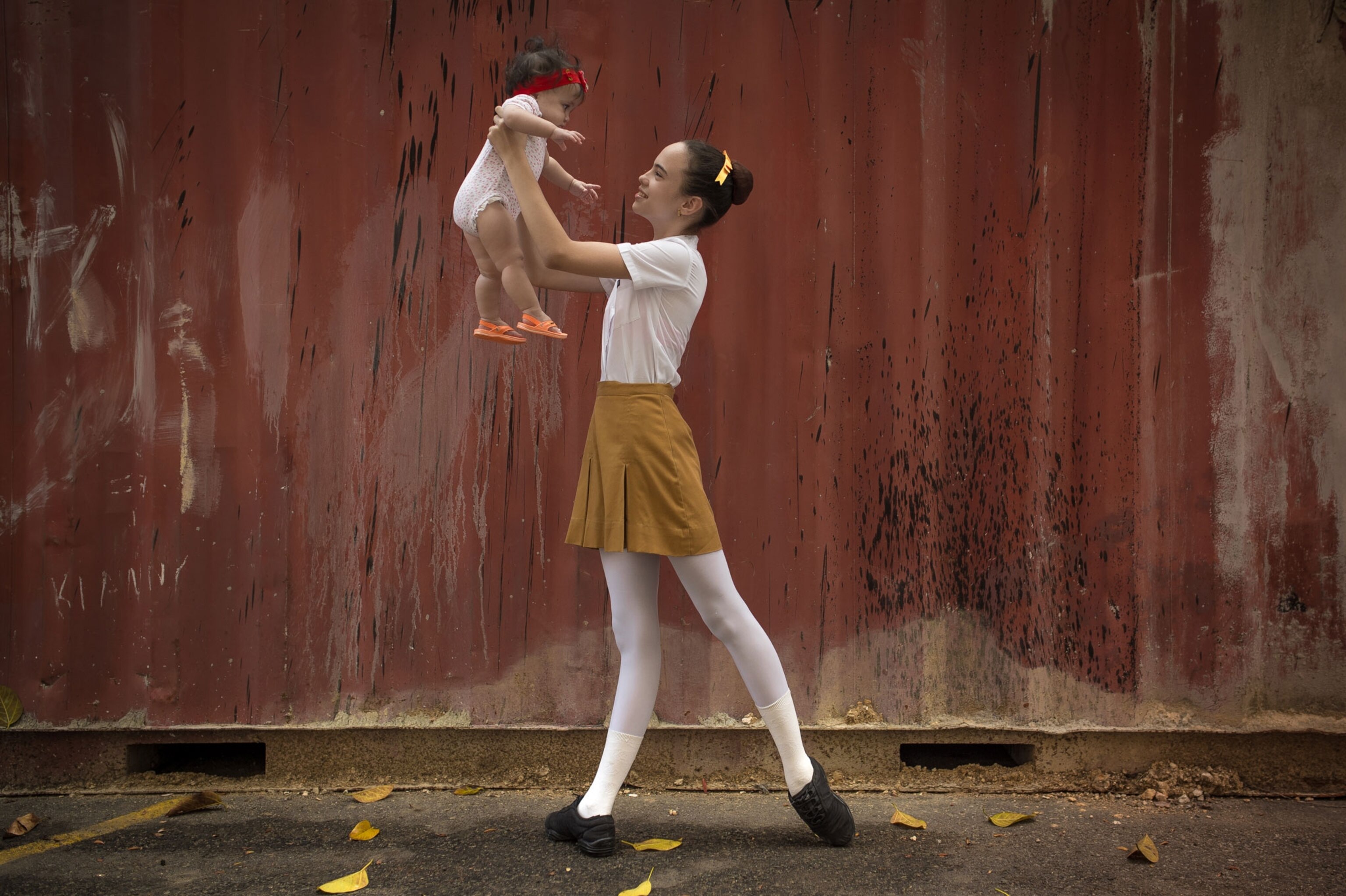
The school's students go on to be some of the top ballet dancers in the world, valued for their rigorous training and the uniquely Cuban style that combines European and American forms with Afro-Cuban influences. But “I’m a little tired of photographing performances,” Barreiro admits cheerfully. “I’m more interested in the day to day, how they live, the human part.”
Such candid details arise throughout his work: Young students lunch on marble floors with dancers’ casual flexibility, or peer through a window to catch a glimpse of their friends rehearsing. (See how Cuba's young artists are embracing a new world.)
It’s through these individual moments that Barreiro accumulated a sense of ballet’s national importance.
“Cubans are very proud of their dancers,” he says. “Unfortunately, even today in the world we keep seeing people who view dancers as something lesser, people who think male dancers are feminized or gay—very backward thinking. In Cuba, it’s the opposite: the dancer is a star, the pride of their family. The male dancer is very respected, never considered feminized because of ballet. This is fantastic to me.” (Here are 13 pictures of the Cuba you haven't seen.)
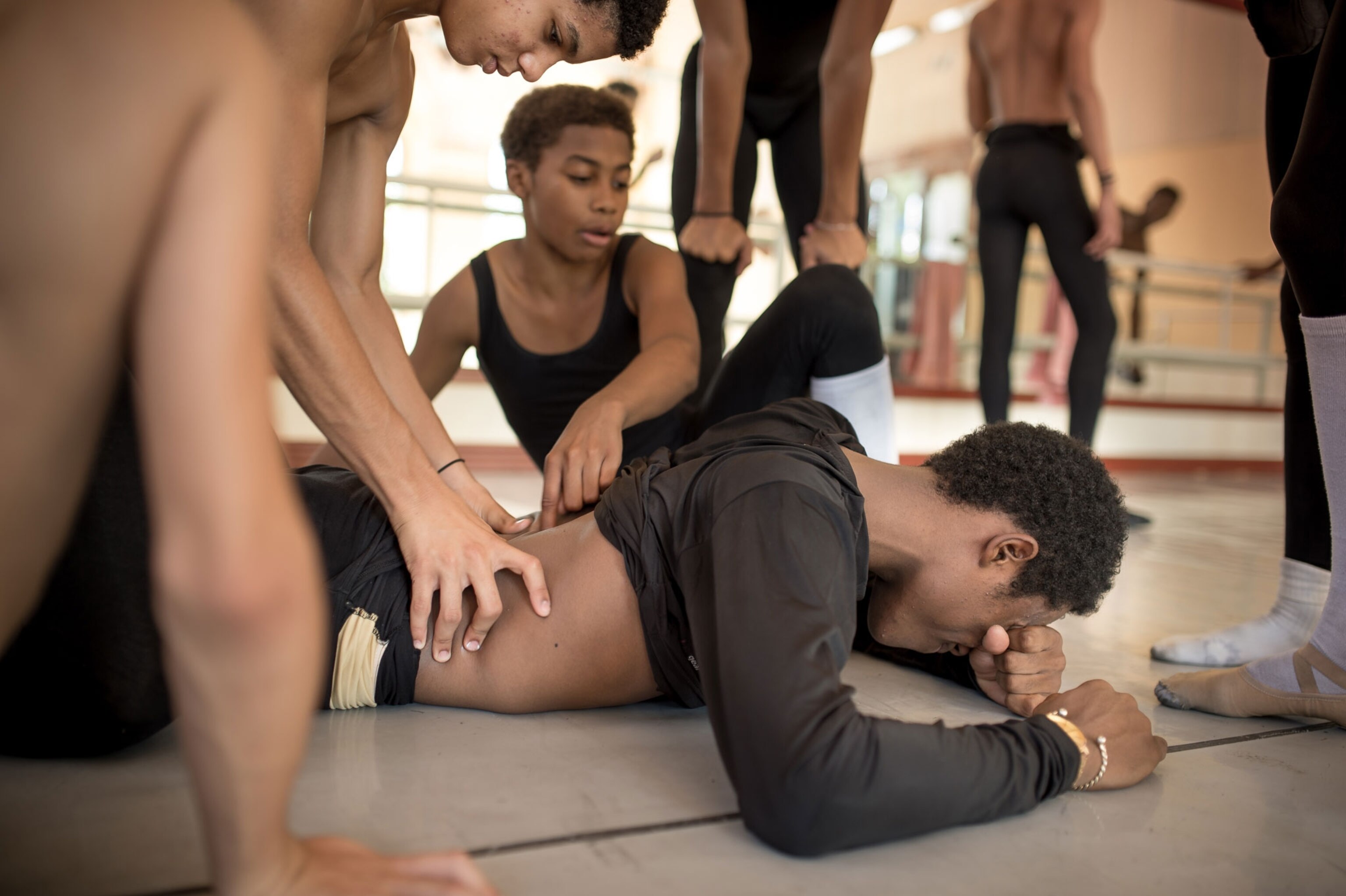

Matters of national pride aside, dancers are also great socioeconomic levelers. In a country where the average salary is $20 a day, a successful dancer’s income—and enormous social capital—can catapult entire families into a better life.
A life that might even play out beyond Cuba’s infamously rigid borders.
“Of course, when they’re small, students have the dream of going,” says Barreiro. “But I think when they get older, they begin to commit to the history of their country, the culture. Not everybody wants to leave. It’s fifty-fifty.” Although some dancers defect to other countries while touring internationally with the national company, others can receive permission to accept positions elsewhere. A goal of the revolution, after all, was to promote Cuban culture on the world stage. (These intimate pictures show Cuba through the eyes of its youth.)
Barreiro spent 12 days shooting this project. Although he's moved on, “what didn't end [in Cuba] is my commitment to dance,” he says. “The great photo of my life is going to be one that shows I’m really trying to investigate it—to tell something new about dance.”


